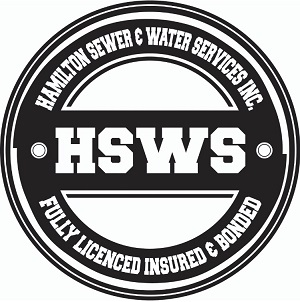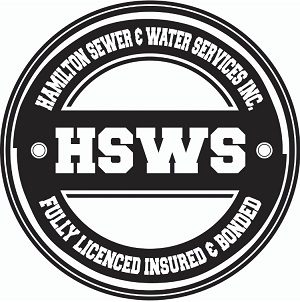Source: IBC:
In today’s world of extreme weather events, $1 billion has become the new normal for yearly catastrophic losses – most of this is due to water-related damage.
Flooding and related sewer backup damage is costly for homeowners, businesses, municipalities and insurance companies. But, there are steps you can take to help mitigate risk.
From ensuring that important documents are not stored in your basement to installing a sump pump, there are many ways to be proactive such as:
- Keep a current and detailed home inventory.
- If your neighbourhood is prone to flooding, take precautions throughout your house and property.
- Assemble a disaster safety kit.
- Create a 72-hour emergency preparedness plan for your family.
Rest Easier. Know What’s Covered.
Talk to your insurance representative to make sure you have appropriate coverage. Be aware that:
- Damage to your home caused by the sudden and accidental bursting of plumbing pipes and appliances is usually covered by all home insurance policies.
- Historically in Canada, home insurance policies haven’t covered loss or damage caused by overland flood damage, which occurs when bodies of water, such as rivers, dams overflow onto dry land. This has begun to change. Some Canadian insurers have started to offer overland flood coverage for policyholders but this type of coverage is new on the market and not all insurers are offering it. Check with yours to see if it is available and if you qualify for the coverage because if you live in a known flood plain, the coverage may not be available.
- Water damage in a basement that backs up through sewers, floor drains, toilets and showers maybe covered if your policy covers sewer back up or you may have purchased the coverage as an optional endorsement. So speak to your insurance representative to understand what coverage and limits you have.
- Damage to homes caused by hail or wind is usually covered. This includes damage caused by flying debris or falling branches or trees, or damage caused by water entering through sudden openings caused by wind or hail.
- If Comprehensive or All Perils coverage has been purchased on your auto policy, damage to vehicles from wind, hail or water is usually covered. This coverage is not mandatory, so check your policy.
- In certain circumstances, homeowners who must leave their home due to insurable damage are usually entitled to additional living expenses (ALE) speak to your insurance representative to understand the coverage you purchased.
Tips For Starting The Claim Process
- Call your insurance representative or company. Most insurers have a 24-hour claims service. Be as detailed as possible when providing information.
- List all damaged or destroyed items. If possible, assemble proofs of purchase, photos, receipts and warranties. Take photos of damage incurred and keep damaged items, unless they pose a health hazard.
- Keep all receipts related to cleanup and living expenses if you’ve been displaced. Ask your insurance representative about what expenses you may be entitled to and for what period of time.


